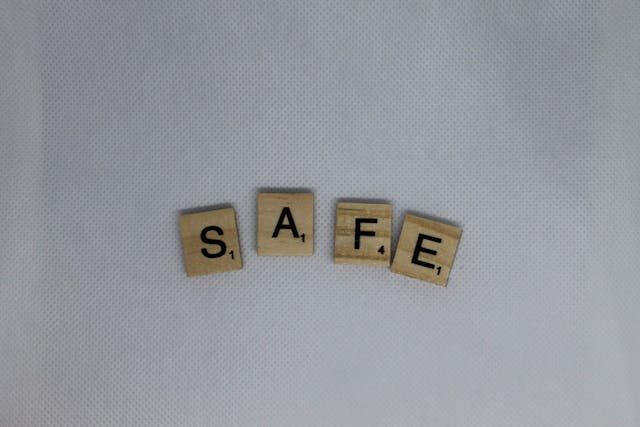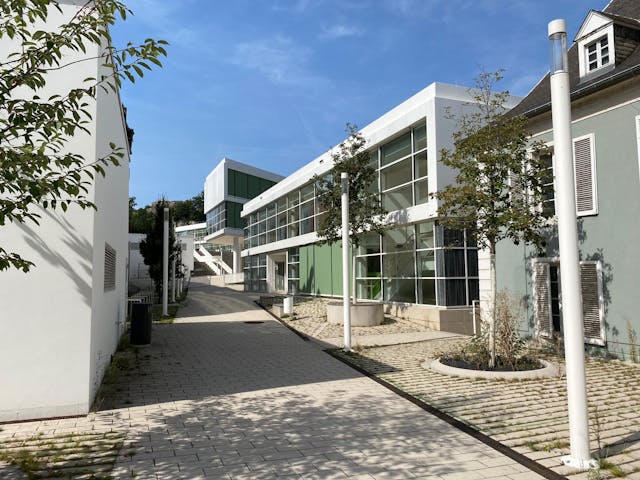Geothermal energy in Luxembourg - reality or fantasy?

Tommy Kwak, Unsplash
Geothermal energy is heat stored in the Earth's interior that can be used for heating, cooling and even electricity generation. Depending on the drilling depth, three types of geothermal energy are distinguished. Low-energy geothermy (up to 400 metres) is used for heating buildings. Medium-depth installations (400-3000 m) are used in district heating systems. Deep geothermal wells (from 3000 m) are capable of producing electricity.
Types of geothermal plants
Geothermal systems fall into two main categories based on depth of occurrence.
At shallow depths (up to 15 metres), horizontal collectors are used, which are pipes laid out in the ground and require a large area. An alternative is geothermal baskets, which are compact structures buried in the ground. Energy piles can be integrated into the foundations of buildings, which simultaneously serve as load-bearing structures and transmit heat. The ventilation systems of climate wells utilise natural heat exchange, cooling or heating the air as it passes through the buried pipes.
Shallow-depth geothermal systems (15-400 metres) are considered more efficient. In such systems, the coolant circulates in vertical geothermal probes that are lowered into deep boreholes. The deeper the borehole, the more stable the temperature of the coolant and the higher the efficiency of the system.
Geology and groundwater in Luxembourg
Geologically, Luxembourg is divided into two main zones. The northern part, known as Eisleck, is composed of ancient shales and sandstones that contain little groundwater. The southern part, called Gutland, is rich in aquifers, the most important of which is the Luxembourg Sandstone. Seventy-five per cent of the country's drinking water is extracted from this layer.
When drilling wells, it is necessary to take into account the geological features of the area to avoid contamination of aquifers.
Risks and potential problems
Despite being environmentally friendly, geothermal installations are associated with a number of possible hazards. One of the main concerns is the risk of groundwater contamination. If the well is insufficiently insulated, surface contaminants can penetrate aquifers, degrading the quality of drinking water.
Geological deformations also pose a risk. In the German town of Staufen, geothermal drilling caused the soil to swell by 35 cm due to a chemical reaction of the rocks. As a result, buildings were damaged and repairs cost tens of millions of euros.
The possible connection of aquifers is also dangerous. If water of different chemical composition is combined during drilling, it can deteriorate its quality and disrupt natural hydrological processes. In some cases, drilled wells can reach high-pressure artesian waters. If their upward movement is not controlled, sudden water releases and even localised floods can occur.
Any geothermal installation in Luxembourg is subject to strict regulation. According to the water law, a permit must be obtained for the use of groundwater for thermal exchange. The installation of geothermal probes is prohibited in protected areas.
If the capacity of the system exceeds 30 kW, an Environmental Impact Assessment (EIE) is required. In some cases, authorities may impose additional restrictions if the project poses a potential threat to water resources or ecosystems.
Low energy geothermal is a promising and environmentally friendly heat source that can significantly reduce carbon emissions and reduce dependence on fossil fuels. However, the implementation of such systems requires careful planning, consideration of geological conditions and strict compliance with regulatory requirements. Luxembourg, with its abundant groundwater and complex geology, places high demands on such projects, making their implementation challenging but potentially beneficial for a sustainable future.




